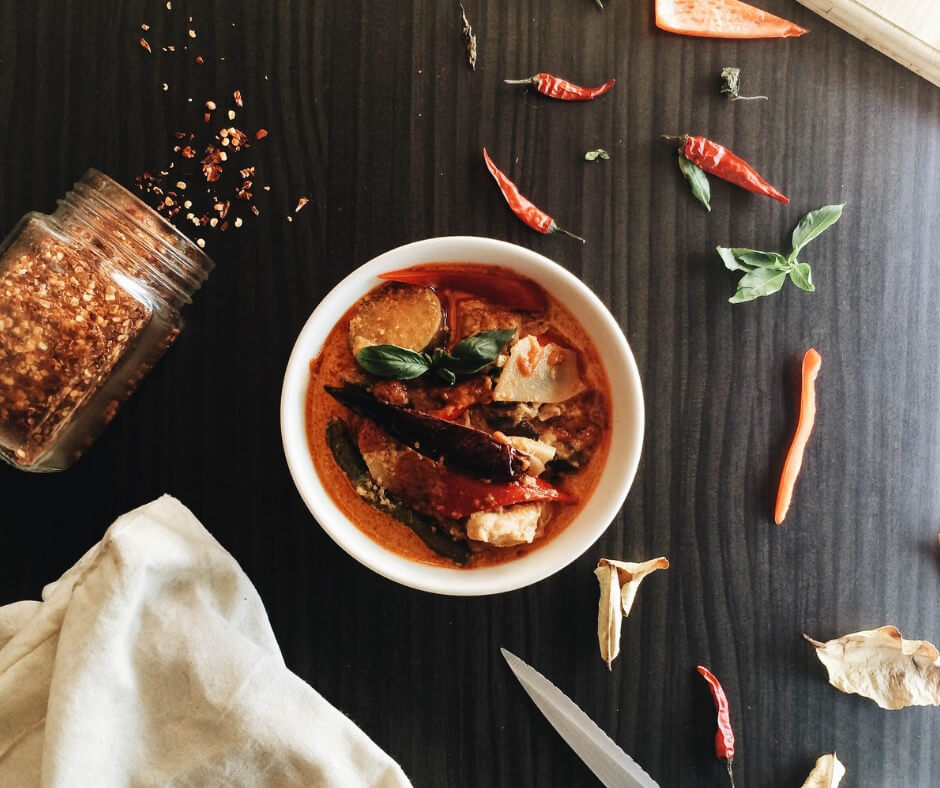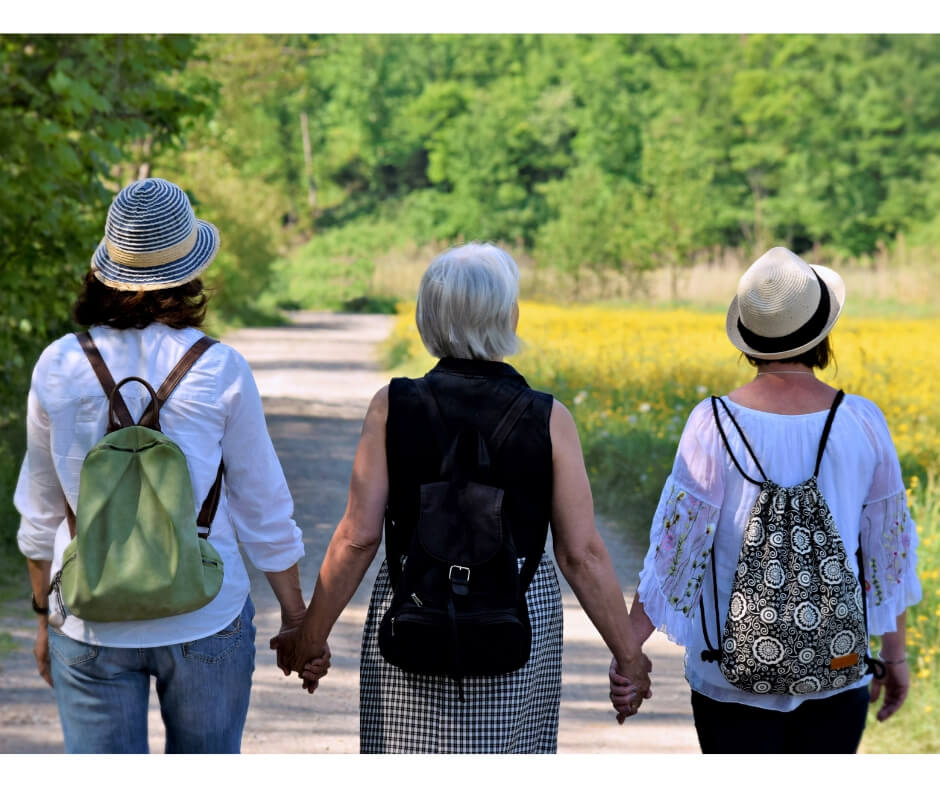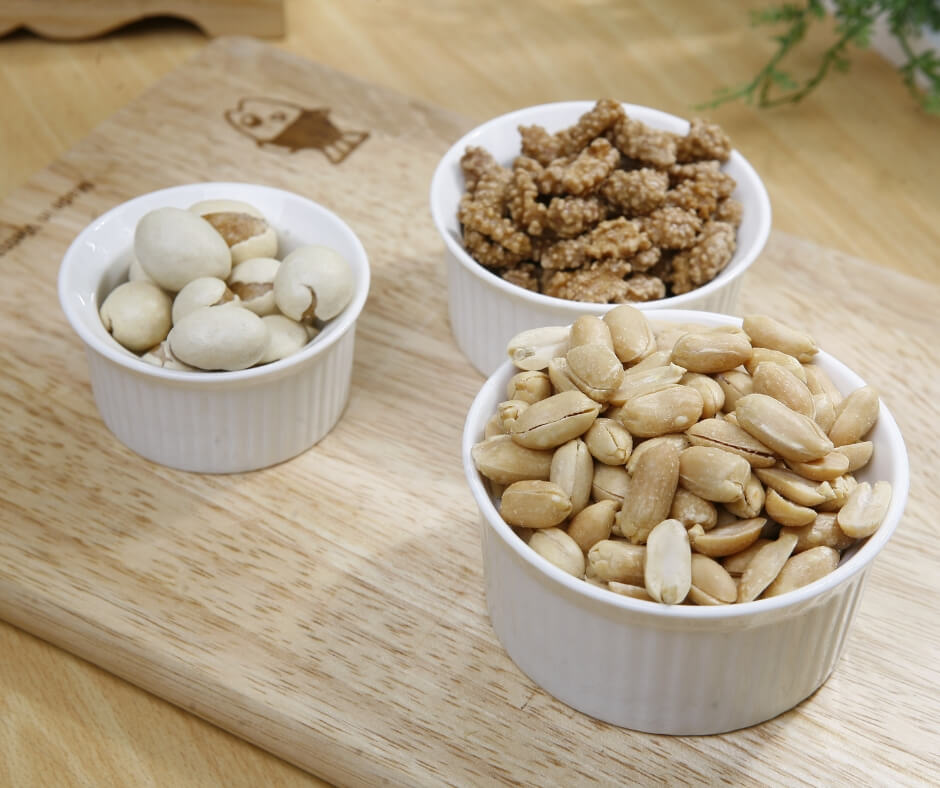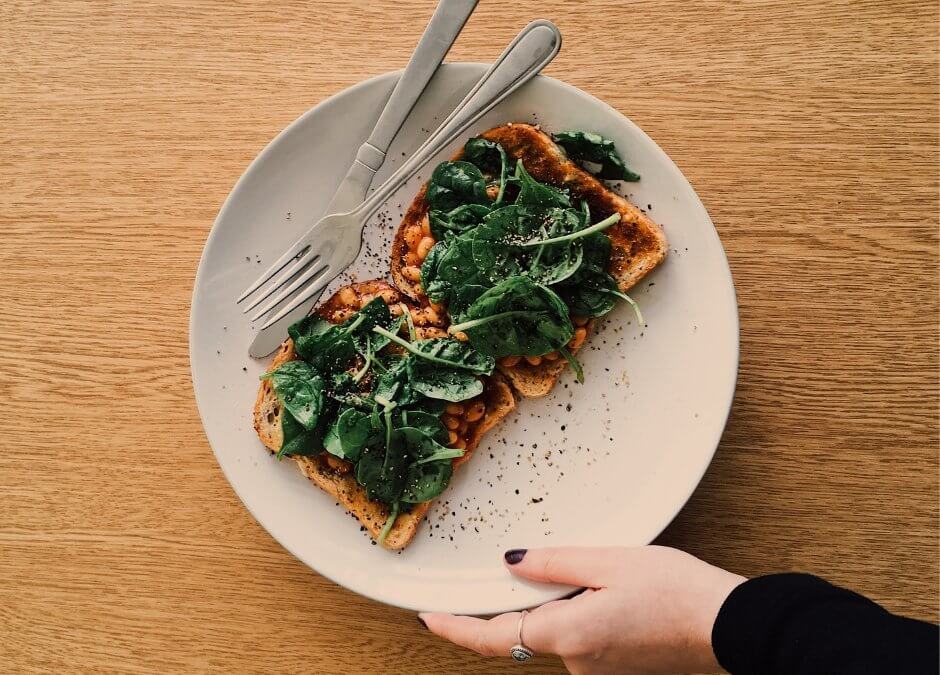“You know, there’s a right and wrong way to do EVERYTHING.”
Oliver Hardy, the American comic actor (and one-half of Laurel and Hardy) said that.
He didn’t work in the world of breast cancer survivorship.
Although nutrition is science, not comedy, I’ve encountered some pretty comical breast cancer diet and nutrition recommendations.
A quick Google search on breast cancer diet can leave me thinking, “Surely, they must be joking.”
All joking aside, well-researched, evidence-based recommendations DO exist for breast cancer nutrition.
But the idea there’s one RIGHT nutrition plan for every woman is laughable.
Here are FIVE reasons why:
ETHNICITY
Ethnicity refers to your cultures, customs, and often, lifestyle choices. (1) Think about your own diet and how strongly your food preferences are influenced by habits, likes, and dislikes connected to your culture.
For example, is it customary in your culture to eat a fruit and vegetable-rich diet, or are meat-centric dishes the norm?
If animal products are customary traditional foods, adopting a plant-based diet (a consistent breast cancer nutrition recommendation) may prove challenging.
Consider how far your current nutrition habits may have strayed from the traditional eating patterns of your heritage.
Abandoning traditional diets for the standard American or Westernized diet may mean eating fewer nutritious, whole foods and more highly processed, less nourishing foods. (2)
To uplevel your diet, consider blending traditional cultural dietary patterns with current breast cancer diet guidelines to create an approach that honors your ancestry and your health. (3)

MENOPAUSAL STATUS
Where you are in the menopausal timeline influences several breast cancer diet recommendations. (4)
For example, in both premenopausal and postmenopausal women, there’s strong evidence that alcoholic drinks increase the risk of an initial breast cancer diagnosis. (5)
For survivors, few studies have looked at the connection between alcohol and recurrence, so the outcome is less clear, yet a 2016 review concludes there is some evidence that alcohol consumption increases the risk of recurrence, particularly in postmenopausal women.
Dairy is another food group where menopausal status may matter.
There is limited-suggestive evidence that consuming dairy might decrease the risk of an initial premenopausal breast cancer diagnosis. (4, 6) No such connection is seen, and therefore no recommendation can be made, between dairy products and postmenopausal breast cancer.
For postmenopausal women, there is limited evidence that consuming calcium may decrease the risk of an initial occurrence.
While these guidelines speak to reducing the risk of an initial breast cancer diagnosis, until we have research outcomes directly linked to survivors, there’s no reason not to consider using them to weigh the risk for breast cancer recurrence.
As we learn more about the nuances of menopausal status, tumor biology, and specific foods, we’ll gain a greater understanding of how to fine-tune our diet. Until then, consider the recommendations above, visit this blog often for updates, and work with a registered dietitian to craft an eating plan that fits your unique needs.

BREAST CANCER SUBTYPE
Breast cancer is a heterogeneous (diverse) disease, which can be divided into several clinical subtypes.
Currently, there’s limited research looking specifically at diet and its impact on or connection to breast cancer subtype and recurrence.
This is an area of particular interest to me, as I consider the future ability to customize diets to a specific breast cancer subtype to be professional nirvana!
We’ll get there in time, but for now, I keep my eye on the research around phytoestrogens and hormone-positive cancer, as well as the overall connection between diet and recurrence risk.
Stay tuned on this front.
FOOD PREFERENCES
What do you like to eat?
That’s what food preferences are.
Earlier I spoke about food preferences influenced by ethnicity. Here I speak strictly to foods you enjoy versus foods you don’t.
Maybe you dislike specific foods or food groups recommended for their health-protective compounds (think veggies).
You’re not alone.
Because you’re a grown-up, you’ve earned the right to refuse any food you don’t want to eat. However, sometimes refusing “good-for-you” foods can make you feel guilty.
Do you think bypassing broccoli will bring your cancer back?
Try this: write down ALL the produce foods (fruit and veggies) you enjoy.
I’ve had clients swear they hate vegetables, and in the next breath tell me about their love of potato salad.
Potatoes are vegetables!
Yes they are starchy, a consideration if you have diabetes, but they’re also loaded with vitamin C, are a good source of fiber, and have more potassium than a banana.
Maybe you don’t like tomatoes, but love marinara, which offers the same nutritional benefit.
Or maybe you’re not a carrot fan, but carrots blended in your smoothie don’t bother you.
You get the idea. Keeping a list of your favorites will help you identify more places to add more produce and nutrition to your overall diet.

FOOD ALLERGIES & INTOLERANCES
Allergies and intolerances are more serious than an aversion; they can be life-threatening.
An allergy to peanuts is probably the most familiar. In some people, peanuts can cause anaphylaxis, a life-threatening reaction that requires immediate attention and treatment. (9)
Or consider a true diagnosis of celiac disease (gluten-sensitive enteropathy).
Celiac disease is neither an allergy nor an intolerance, but an immune reaction to eating gluten, a protein found in wheat, barley, and rye. Symptoms can include anemia, osteoporosis, even injury to the nervous system. (7)
Lactose intolerance isn’t life-threatening, but the symptoms can feel like it! (8)
The inability to digest milk sugar (lactose) in dairy foods can lead to diarrhea, bloating and gas. If you experience these symptoms, I encourage you to get a confirmed diagnosis through a lactose tolerance or hydrogen breath test to rule out other conditions with similar symptoms.
The threat of uncomfortable symptoms can also trigger anxiety about eating foods from an unfamiliar source. It’s nearly impossible to enjoy food when you’re anxious.
If you have food allergies, intolerances, or other medically managed food concerns, you know what’s required to keep you safe and comfortable.
Adjusting food recommendations to support your own requirements is critical.
Typically you swap in safe substitutes; i.e. lactose-free milk, gluten-free foods or seeds and other nuts for peanuts. It’s also wise to check whether the “safe swaps” are deficient in any necessary nutrients.

_________________________________________________________________________________________
Thanks for reading my blog post
Most survivors of hormone-positive breast cancer get anxious when they think about what to eat after finishing treatment, so I’ve created the Peaceful Plate program to help survivors eat with peace, not panic.
When you eat with peace, you feel free to enjoy your food again.
Ready to eat with peace?
CLICK HERE and grab your FREE copy of The Five Foods Survivors Should Eat
CLICK THIS LINK and watch my 2-minute Peaceful Plate program video!
Follow me on Instagram @hormone.breastcancer.dietitian
This information is for educational purposes only and is not intended as medical advice. Please consult your dietitian or doctor for guidance specific to your needs.
________________________________________
Read More:
What You Need to Know About Physical Activity, Body Weight and Breast Cancer Survivorship – Part I
What You Need to Know About Physical Activity, Body Weight and Breast Cancer Survivorship – Part II
- What you need to know about breast cancer and survivorship part III
SOURCES
- How Your Ancestry and Ethnicity Affect Your Health
- Understanding Traditional and Modern Eating: the TEP10 framework
- How Your Diet May Affect Your Risk of Breast Cancer
- World Cancer Research
- Diet, Nutrition, Physical Activity and Breast Cancer
- Limited-suggestive evidence
- Celiac Disease
- Lactose Intolerance
- Peanut Allergy

